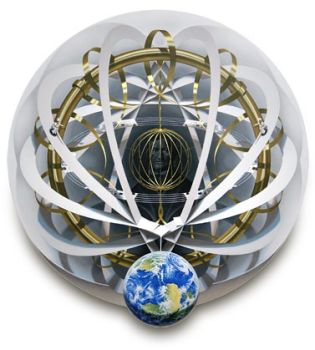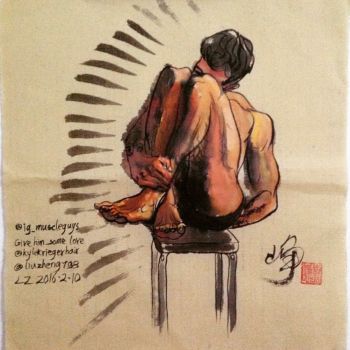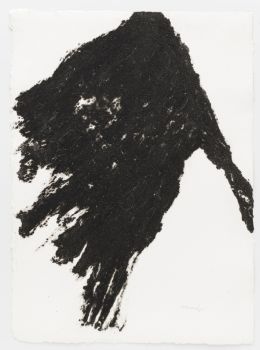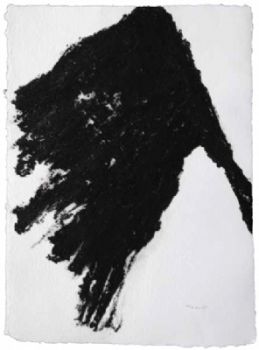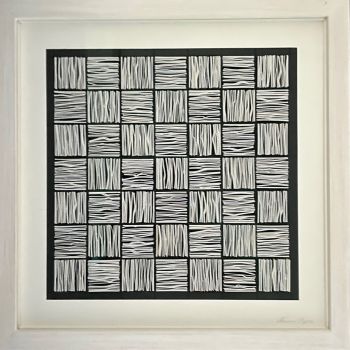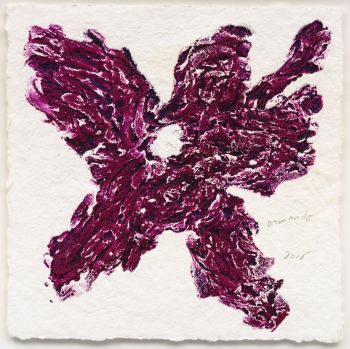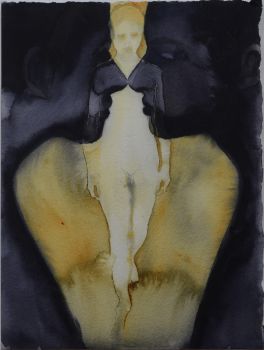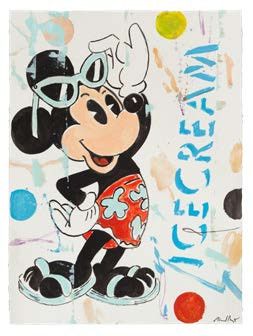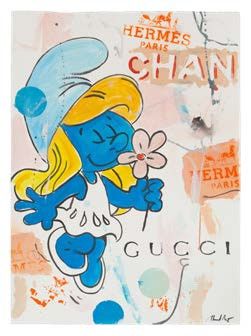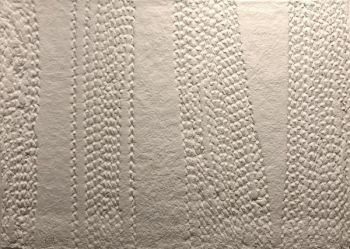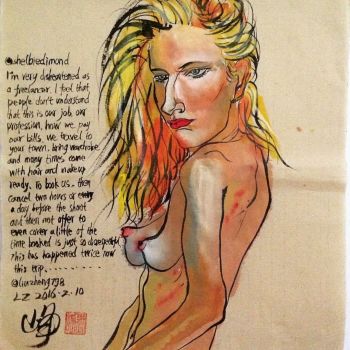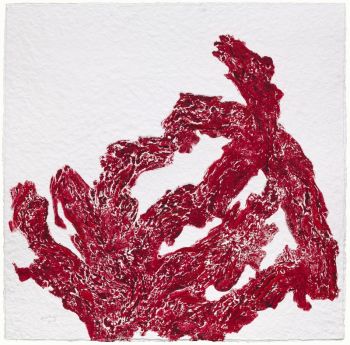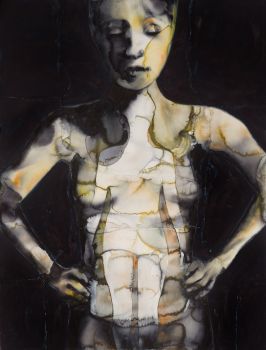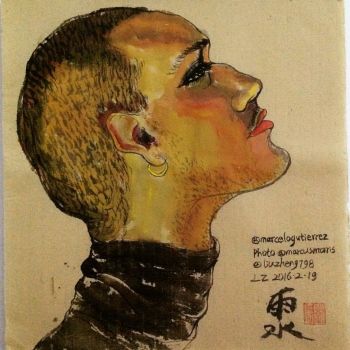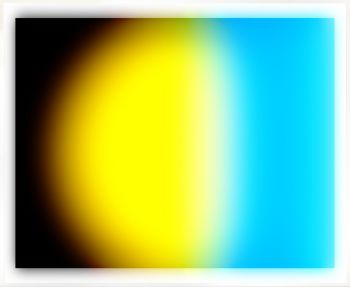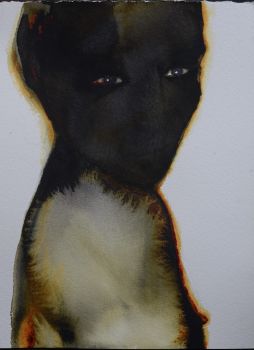Tolerant comparison of world religions 1595
Sebastian Franck
CartaCarta fatta a manoPelle
Attualmente non disponibile tramite Gallerease
- A proposito di opere d'arteWerelt-boeck, spieghel ende beeltenisse des gheheelen aerdtbodems, ...
The Hague, Albrecht Heyndricxz., 1595.
Folio.
17th-century parchment, new endpapers.
Fourth Dutch edition of a description of all lands and peoples of the world and particularly their customs and religious beliefs, with chapter 4 devoted to America and chapter 3 on Asia giving extensive coverage to Syria, Arabia and the Middle East, including a description of Mecca and the Kaaba. Franck (1499-1542/43) studied at Heidelberg, became a priest and in 1527 a Lutheran minister, but was critical of Catholics, Lutherans, Zwinglians and Anabaptists, and found common ground with heretics such as Michael Servetus. His Weltbuch, first published in German in 1534, a remarkable early example of comparative religious studies, came under attack from the established church and he was accused of AnabaptismIt was translated into Dutch in 1560 and proved very popular among Dutch Lutherans and especially Anabaptists, forming a keystone in the thought and writings of Menno Simons and the Mennonites.
With some mostly marginal worm holes in the first few pages, occasional browning and water stains (one sheet rather severely browned) and an occasional marginal tear. Binding slightly dirty and wrinkled. A seminal work with a wealth of information about world religions that still speaks to our time.
Kaczerowsky, Franck A60?; STCN (3 copies); cf. Alden & Landis 595/29; Sabin 25470. - A proposito di opere artistaFranck (1499, Donauwörth – 1542/1543, Basilea), studiò a Heidelberg e divenne sacerdote. Fu nominato curato nella diocesi di Augusta poco dopo il 1516. Verso il 1525 si unì ai luterani e divenne ministro a Norimberga, ma rimase critico nei confronti di cattolici, luterani, zwingliani e anabattisti. Partendo dal luteranesimo ha sottolineato una visione mistica invece di un atteggiamento dogmatico. Nel 1529 Franck si trasferì a Strasburgo. Lì divenne amico del riformatore e mistico Kaspar Schwenckfeld. Espulso dalle autorità civili da Strasburgo partì per Ulm, dove si affermò come tipografo. Ha scritto Chronica; Zeitbuch und Geschichtsbibel (1531; Libro del tempo e Bibbia storica), un'ampia storia del cristianesimo. Un altro famoso libro di sua mano è Weltbuch (1534), una descrizione di tutte le terre e dei popoli del mondo e in particolare dei loro costumi e credenze. È un notevole esempio di studi religiosi comparati. Questo libro è stato tradotto in olandese nel 1560: Werelt-boeck; spieghel ende beeltenisse des gheheelen aerdtbodems. Era molto popolare tra i luterani e gli anabattisti olandesi e influenzò profondamente gli scritti di Menno Simons.
Artwork details
Categoria
Soggetto
Materiale e Tecnica
Related artworks
Tilmanus Nicolaus Maastricht
Missale Romanum con fornimenti d'argento olandesi1788 - 1792
Prezzo su richiestaJacob J. Roosjen SRI
Engelbert Kaempfer
IL LIBRO DI ENGELBERT KAEMPFER1651 - 1716
Prezzo su richiestaZebregs & Röell - Fine Art - Antiques
Antonie Derkinderen
Memory book Exhibition of Dutch Painting1892
Prezzo su richiestaKunsthandel Pygmalion
Engelbert Kaempfer
IL LIBRO DI ENGELBERT KAEMPFER1651 - 1716
Prezzo su richiestaZebregs & Röell - Fine Art - Antiques
Yoko Ono
YOKO ONO: "ARISING" SIGNED BOOK PLUS SMALL ARTWORK 2010 - 2014
Prezzo su richiestaGallerease Selected
Hermann Nitsch
"UNDER MY SKIN" Signed book incl. small artwork and DVD in a matching box2010 - 2014
Prezzo su richiestaGallerease Selected
LAWRENCE WEINER
"SKIMMING THE WATER [MENAGE A QUATRE]" Signed book plus small artwork2010 - 2014
Prezzo su richiestaGallerease Selected
1 - 4 / 22Eduard Charlemont
‘Allegories of Africa and America’1872
Prezzo su richiestaZebregs & Röell - Fine Art - Antiques
Artista Sconosciuto
A large wall map of Asia by Nicolas de Fer 1647 - 1720
Prezzo su richiestaZebregs & Röell - Fine Art - Antiques
1 - 4 / 16- 1 - 4 / 24

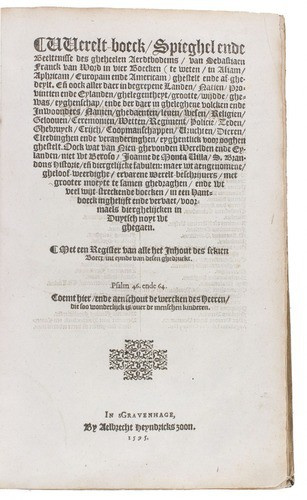




















!["SKIMMING THE WATER [MENAGE A QUATRE]" Signed book plus small artwork by LAWRENCE WEINER](https://media-2.gallerease.com/images/442bfd5f-fc31-4e18-a2fa-ee0c08eade64/350x350/skimming-the-water-menage-a-quatre-signed-book-plus-small-artwork.jpg)









